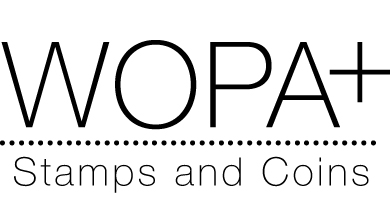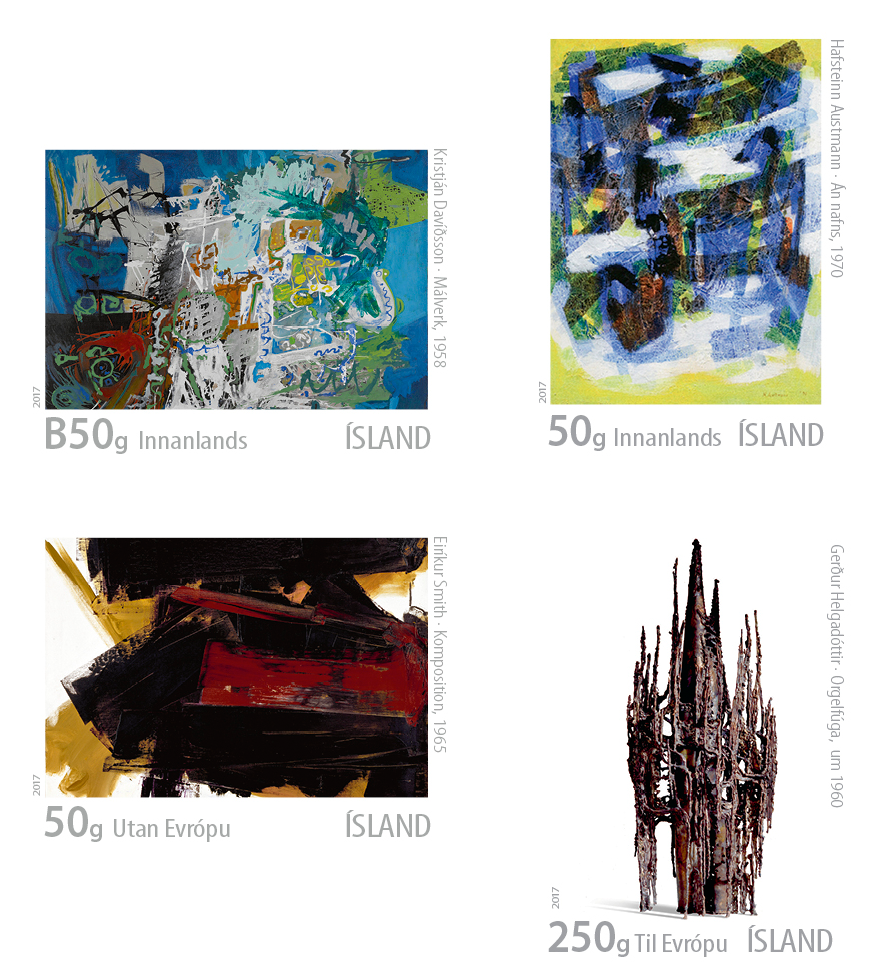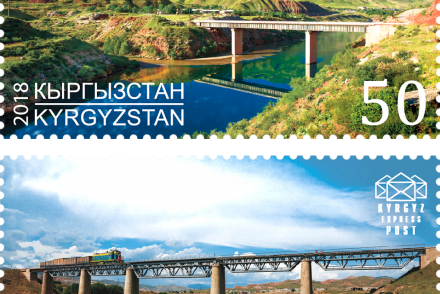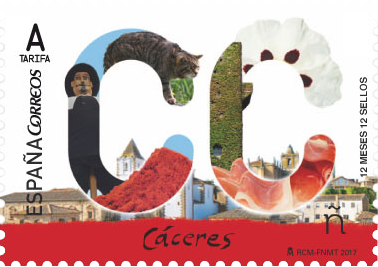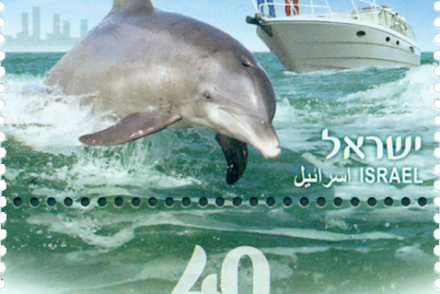Icelandic Art VIII – Lyrical Abstraction in the 1950s and 1960s
Iceland – For most of the 1950s, geometric abstraction had a strong appeal to those Icelandic artists who thought of themselves as progressives. To the public at large and most conservative cultural arbiters it was a largely alien concept, but it enjoyed the support of a new generation of critics. During the second half of the decade, the ideological and conceptual precepts of geometric abstraction were increasingly called into question internationally. Critics began to question its formal constraints, seeing them as obstacles to the free flow of ideas and emotions. In France, where many Icelandic artists had studied, a new and spontaneous form of abstraction came to the fore.
French art reviews such as Cimaise, which many Icelandic artists subscribed to, began to publish articles on this “free-form”, “improvised” or “formless” abstract art.Kristján Davíðsson – Painting, 1958 Hafsteinn Austmann – No name, 1970 Eiríkur Smith – Composition, 1965 Gerður Helgadóttir – Organ fugue, 1960It is probably safe to say that Kristján Davíðsson’s one-man shows (performances/performance art shows) of 1957 and 1958 heralded the beginning of free-form lyricism in Icelandic art. In 1958, former geometric painter Eiríkur Smith began to produce abstract variations on the lava landscape surrounding his Hafnarfjörður home, using industrial enamel. Shortly afterwards his younger colleague, Hafsteinn Austmann, used watercolour in his abstract evocations of nature. There are strong lyrical evocations in the bronze sculptures of Gerður Helgadóttir, where the metal is often treated as if it were a form of free-flowing lava. Thus the lyrical abstraction of the 1950s can be regarded as an abstract extension of traditional landscape art in Iceland.
